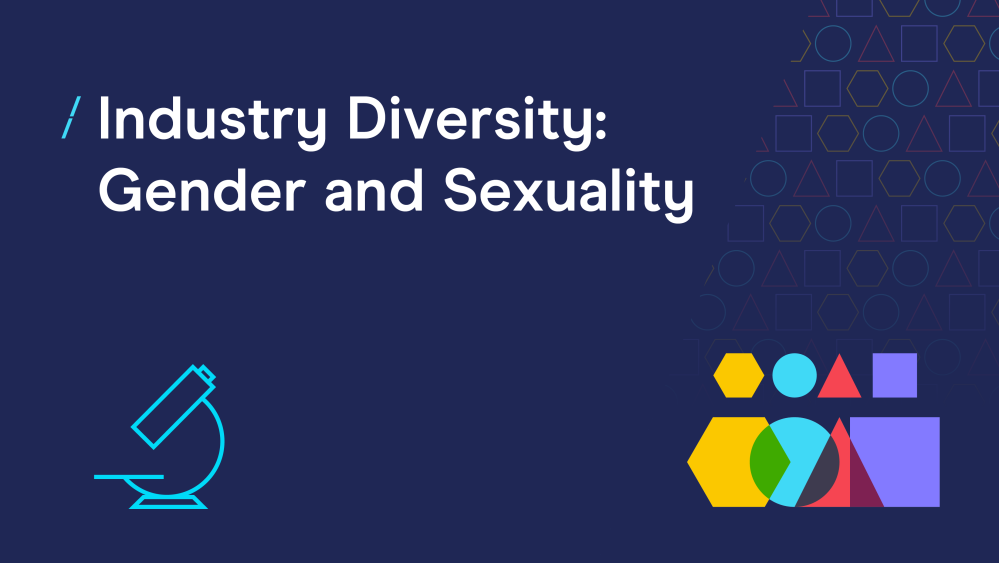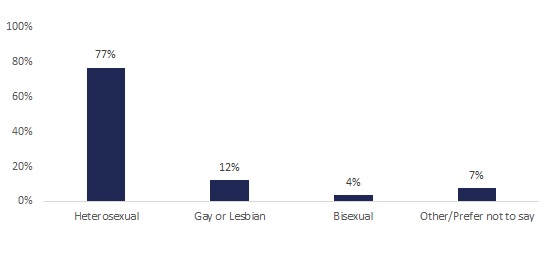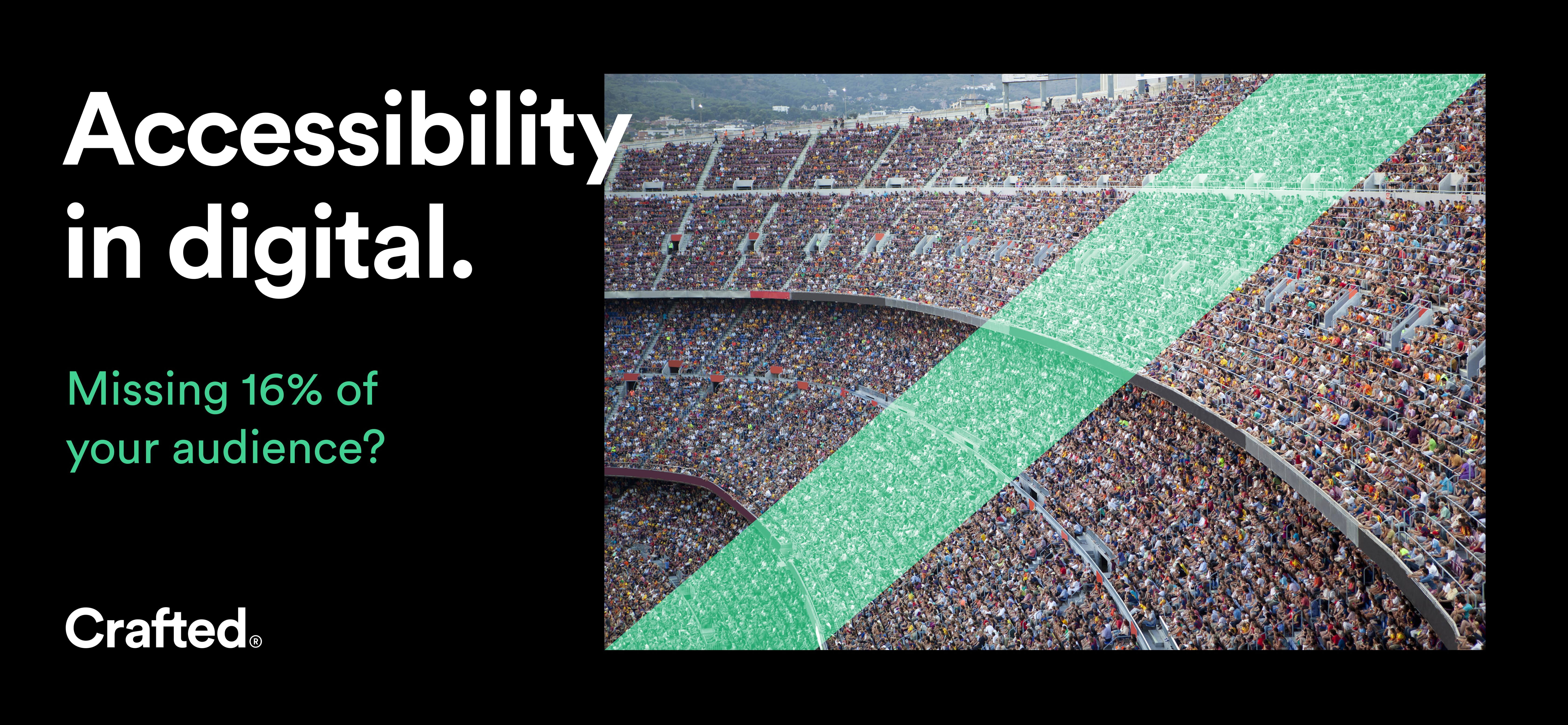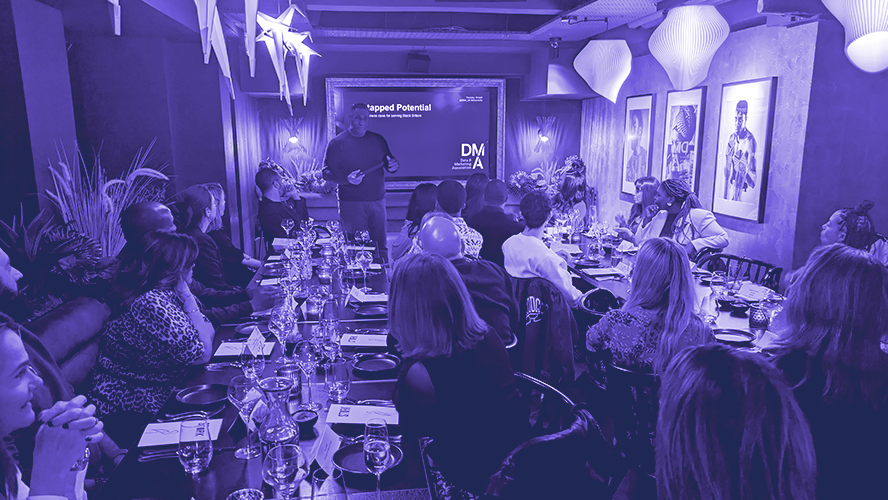Industry Diversity: Gender and Sexuality
22 Sep 2020

As we saw in our introductory article to this series, diversity in the workplace has been high on many organisations' agendas in recent years. However, often the discussion tends to be dominated by single issues. What about all the other shapes and shades of diversity?
In this article, we analyse what our industry looks like, with a specific focus on gender and sexuality. Our other articles in this series also examine ‘Background and Education’, ‘Disability and Health’, and ‘Ethnicity and Race’. All of these explore the relevant aspects needed to be considered and understood, so we can move beyond mere demographics and focus on creating more inclusive environments.
Gender Identity
The survey had a fairly balanced gender distribution: 52% of respondents identify themselves as a man, 47% as a woman and 1% in some other way.
How do you identify yourself in terms of gender?

Estimated employment rates for men and women aged between 16 and 64 years have been generally increasing since early 2012, with 80.3% of men and 72% of women employed.
A 2014 study found that the vast majority of non-binary people in the UK reported feeling uncomfortable (100%) and unsafe (94%) due to their gender identity. 54% declared the inability to access education, work, and other fundamental services without misgendering themselves. Moreover, 18% said they feel forced to present as male/female to be accepted, access work, and make a living.
In terms of their job role and seniority, data revealed a significant relationship between a role’s seniority and gender. Most marketers in junior positions (69%) identify themselves as women, most respondents in senior roles identify themselves as men (71%). Within mid-level roles, the gender split seems to be more even, with 48% men and 52% women.
In 2019, McKinsey found that the female representation in executive teams in the USA and UK rose from 15% in 2014 to 20% in 2019. In a similar study, McKinsey found that having gender diversity on executive teams plays a key role in the financial performance of a company.
Women tended to demonstrate, more often than men, five of the nine types of leadership behaviour that improve organisational performance, including talent development. Women also more frequently applied three of the four types of behaviour (intellectual stimulation, inspiration, and participative decision making) effective in addressing the global challenges of the future.
Furthermore, a forthcoming McKinsey report about Latin America highlights the strong correlation between ‘Gender diversity’ and ‘Organisational health’, which, in turn, is associated with better business performance.
Sexual orientation
In terms of sexual orientation, 77% of respondents consider themselves heterosexual, 12%gay or lesbian, and 4 % bisexual.
What is your sexual orientation?

In 2018, data showed an estimated 95% of the UK population aged 16 years and over identified as heterosexual, 1.4% identified as gay; lesbian and 0.9% identified as bisexual. A further 0.6% identified as other. A further 4.1% declined or did not know how to identify themselves.
In 2018, the National LGBT Survey found that 19% of employed respondents had not been open about their sexual orientation or gender identity with any of their colleagues, especially with any senior colleagues (30%) or any customers or clients (57%).
Furthermore, the National Institute of Economic and Social 2016 Research, which conducted a critical assessment regarding inequality experienced by LGBTQ+ people in the UK, suggests that LGBTQ+ people suffer higher rates of bullying and harassment than heterosexual people, with 23% reporting a negative reaction from colleagues due to being LGBTQ+, or being thought as such. 11% had experienced someone disclosing their sexual orientation without their permission, 11% had experienced inappropriate comments, and 9% had received verbal harassment.
Take the Next Step
To gain real diversity in the workplace, organisations must dig deeper than simple metrics like quotas. Now that you have seen the data, what are the actions you can take? Find out what the DMA is doing to make a more diverse and inclusive future a reality for our industry:




Please login to comment.
Comments